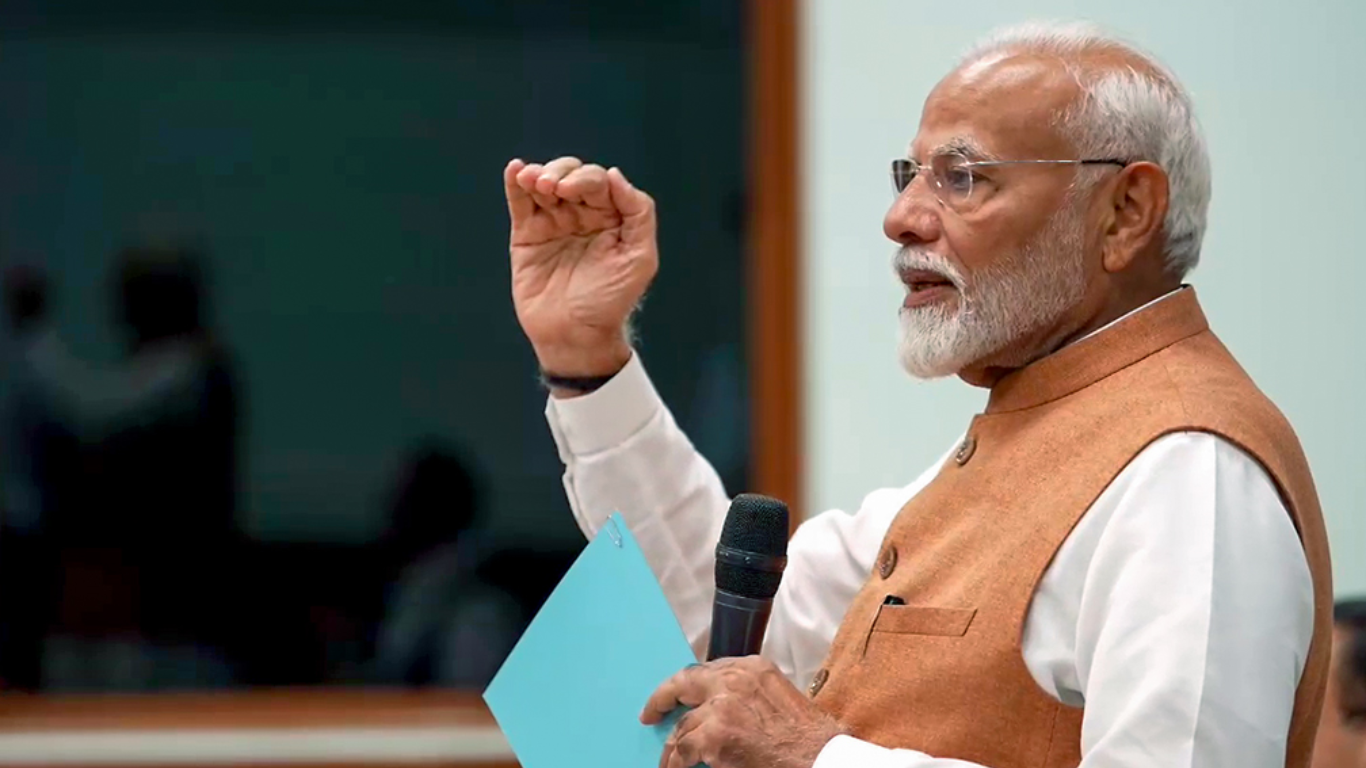Prime Minister-designate Narendra Modi will be sworn in tonight, 9th June at 7:15 PM at the Rashtrapati Bhawan in New Delhi. While preparations are under full swing for the oath-taking ceremony, hints continue to be dropped on who will be a part of the Modi 3.0 Cabinet of Ministers. The third term of Narendra Modi begins with a crucial balancing act between leaders of the BJP who have won the elections and the allies whose support has resulted in the NDA crossing the halfway mark of 272 seats. The JD(U), TDP, LJP, RLD, and Apna Dal have proven to be key allies of the BJP-led NDA government of 2024.
With discussions underway for government formation following the BJP-led NDA’s attainment of 292 seats, surpassing the majority mark, and the Opposition’s INDIA bloc securing 232 seats, it’s pertinent to examine the compensation, privileges, and allowances allocated to the Prime Minister of India.
Salary and Perks of the Prime Minister:
As the head of the Indian government with significant executive authority, the Prime Minister is appointed by the President and must be a member of either house of the bicameral Parliament.
Salary: The Prime Minister receives a monthly salary of Rs 1.66 lakh, comprising a basic pay of Rs 50,000, an expense allowance of Rs 3,000, a parliamentary allowance of Rs 45,000, and a daily allowance of Rs 2,000.
Perks and Allowances: Alongside the salary, the Prime Minister is entitled to an official residence, Special Protection Group (SPG) security, access to government vehicles and aircraft, as well as government-covered travel, accommodation, and meal expenses for international trips.
Post-Retirement Benefits: Following retirement, the Prime Minister is provided with free accommodation, electricity, water, and SPG security for a period of five years.
Responsibilities of the Prime Minister:
- Head of Government: Responsible for ensuring the effective functioning of the government.
- Leader of the Cabinet: Presides over key decision-making sessions with other ministers.
- Government Spokesperson: Represents India internationally and articulates government policies.
- Policy Maker: Collaborates with leaders to formulate national development plans.
- Nominating Officials: Appoints individuals to crucial administrative positions.
- Representing India: Engages with foreign dignitaries to safeguard national interests.
- Crisis Management: Takes charge during emergencies to ensure public safety.
- Upholding the Constitution: Ensures government adherence to constitutional principles.
- Answering to Parliament: Interacts with legislators to discuss policies and address concerns.
- Providing Leadership: Sets national objectives and motivates citizens to achieve them.
ALSO READ: The Modi 3.0 Cabinet: Which Allies Are Likely To Be Inducted?
Additional Benefits and Perks:
Apart from the monthly allowances, the Prime Minister enjoys various other benefits, including:
- Free Accommodation: Provided with a luxury rent-free official residence at 7 Race Course Road in New Delhi, equipped with all amenities.
- Security Detail: Receives protection from a specialized security team at all times.
- Travel Facilities: Access to official cars, planes, and helicopters for domestic and international travel.
- Medical Facilities: Comprehensive medical care provided to the Prime Minister and family.
- Pension: Receives a pension upon retirement, based on years of service, ensuring financial security.
Facilities offered to Prime Minister
- Official residence: Located at 7, Race Course Road, commonly referred to as “Panchavati.”
- Personal staff: Supported by the Special Protection Group (SPG) tasked with ensuring his security.
- Prime Ministerial vehicle: Presently a BMW 750i.
- Exclusive aircraft: Access to Air India One.
Eligibility and Appointment Process:
To be eligible for the position of Prime Minister, one must:
- Be a citizen of India.
- Be a member of either the Lok Sabha or the Rajya Sabha, and above 25 or 30 years of age, respectively.
- Not hold any office of profit under the Government of India or any state government.
The President appoints the Prime Minister, who must command the majority in the Lok Sabha. Typically, the leader of the political party with the most seats in the Lok Sabha becomes the Prime Minister, leading the executive branch and presiding over the Union Council of Ministers.
Some intriguing facts about Indian Prime Ministers:
- Jawaharlal Nehru holds the record for the longest tenure, serving from India’s independence in 1947 until his demise in 1964.
- Gulzari Lal Nanda served twice as the acting Prime Minister following the deaths of Jawaharlal Nehru and Lal Bahadur Shastri.
- Indira Gandhi was honored with the title “Woman of the Millennium” in a BBC poll conducted in 1999. She was also the first woman to receive the Bharat Ratna and was bestowed with Bangladesh’s highest civilian award, the “Bangladesh Swadhinata Samman,” in 2011.
- Morarji Desai was the first non-Congress Prime Minister and resigned before completing his full term, marking a unique event in Indian political history. He is also the sole Indian Prime Minister to receive Pakistan’s highest civilian award, the Nishaan-e-Pakistan.
- Rajiv Gandhi became the youngest Prime Minister at the age of 40 and was the first to reside in 7, Race Course.
- P.V. Narasimha Rao was the first Prime Minister from South India.
- H.D. Deve Gowda was the initial Prime Minister from India who held membership in the Rajya Sabha.
- Dr. Manmohan Singh, serving from 2004 to 2014, holds the distinction of being the longest-serving Prime Minister from the Rajya Sabha.
Watch the Prime Minister’s swearing in ceremony 7 PM tonight, live on NewsX and NewsX Youtube


















